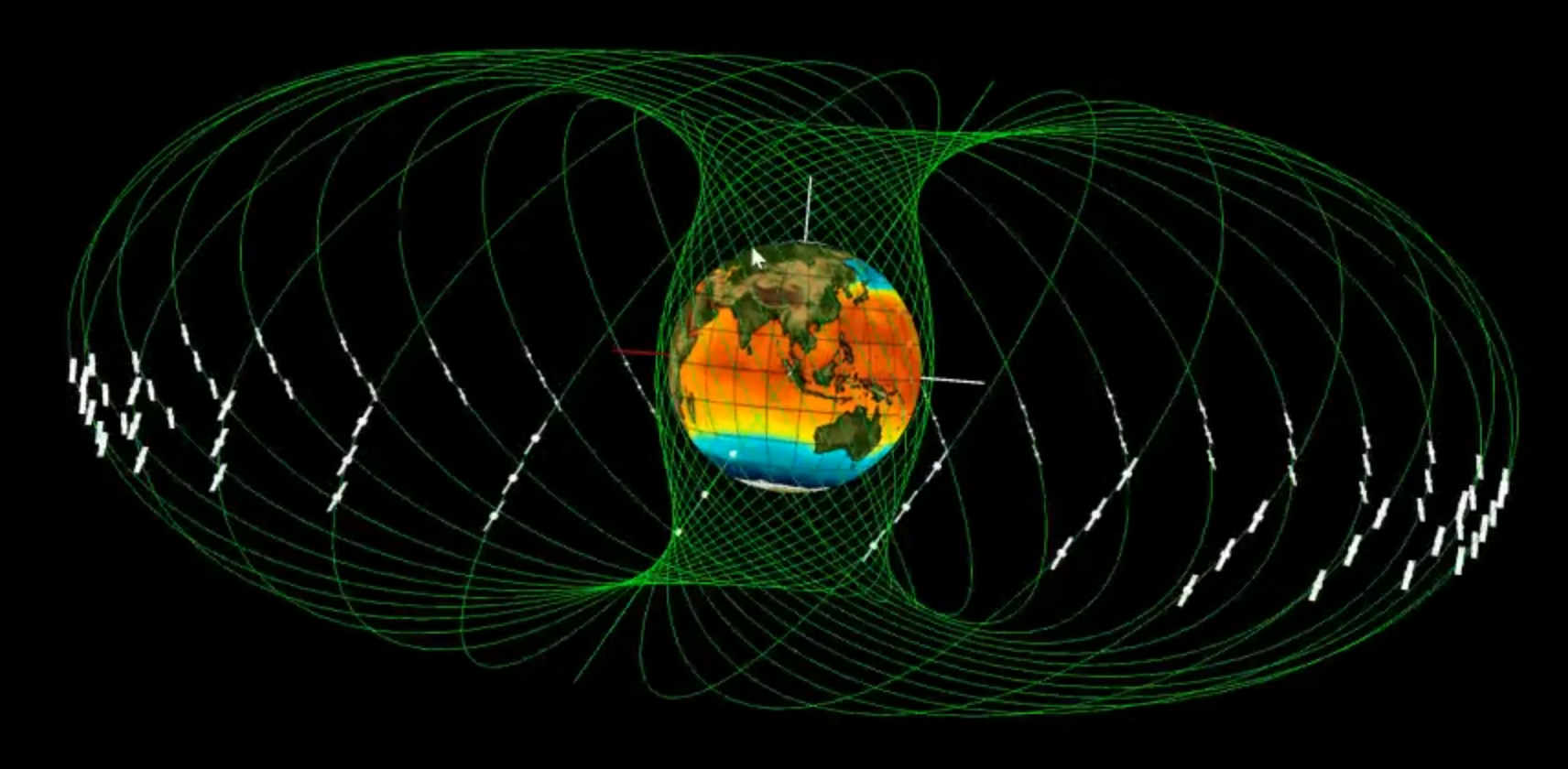
This year the Flower Constellations theory celebrates its 16th birthday. Many years were needed to fully understand the implications and to develop the theory. This new satellite constellations design tool is now ready for applications. The theory introduces a new class of space objects characterized by shape preserving configurations where the whole constellation behaves as a rigid object. By using minimal parameterization (Hermite normal form) the 2D Lattice Flower Constellations allows to include all spatial and temporal symmetric solutions, while the extension to 3D Lattice allows designers to use any inclination when selecting elliptical orbits under J2 perturbation. Recently, the Necklace theory applied to 2D and 3D Flower Constellations exponentially increases the space of potential solutions while keeping limited the number of satellites and launches (costs). The evolution of the mathematical theory is presented, showing some potential configurations to improve existing applications as well as configurations proposing new applications! The number of applications are many, including, positioning, communication, radio occultation, interferometric, and surveillance systems. In particular, the Flower Constellations theory allows to design conjunction-free constellations with many thousands of satellites and a new class of orbits/constellations, called J2 propelled systems, where the Earth oblateness perturbation is used (rather than control) to cover spatial volumes around the Earth to measure or monitor physical quantities.
24/07/2020
The webinar can be reached at this Goggle Meet link:
meet.google.com/ain-yyvs-vud
at 4:00pm (Italian time)
Daniele Mortari is a Professor of Aerospace Engineering at Texas A&M University, working on the field of attitude and position estimation, satellite constellation design, sensor data processing, and various topic in linear algebra and numerical algorithms. In addition, he has taught at the School of Aerospace Engineering of Rome’s University, and at Electronic Engineering of Perugia’s University, both in Italy. He received his dottore degree in Nuclear Engineering from University of Rome “La Sapienza,” in 1981. He has published more than 300 papers, holds a U.S. patent, and has been widely recognized for his work, including receiving best paper Award from AAS/AIAA, best paper from Journal Mathematics, two NASA’s Group Achievement Awards, 2003 Spacecraft Technology Center Award, 2007 IEEE Judith A. Resnik Award, and 2016 AAS Dirk Brouwer Award. He is an IEEE and AAS Fellow, an AIAA Associate Fellow, an IAA Corresponding member, an Honorary Member of IEEE-AESS Space System Technical Panel, and a former IEEE Distinguish Speaker.